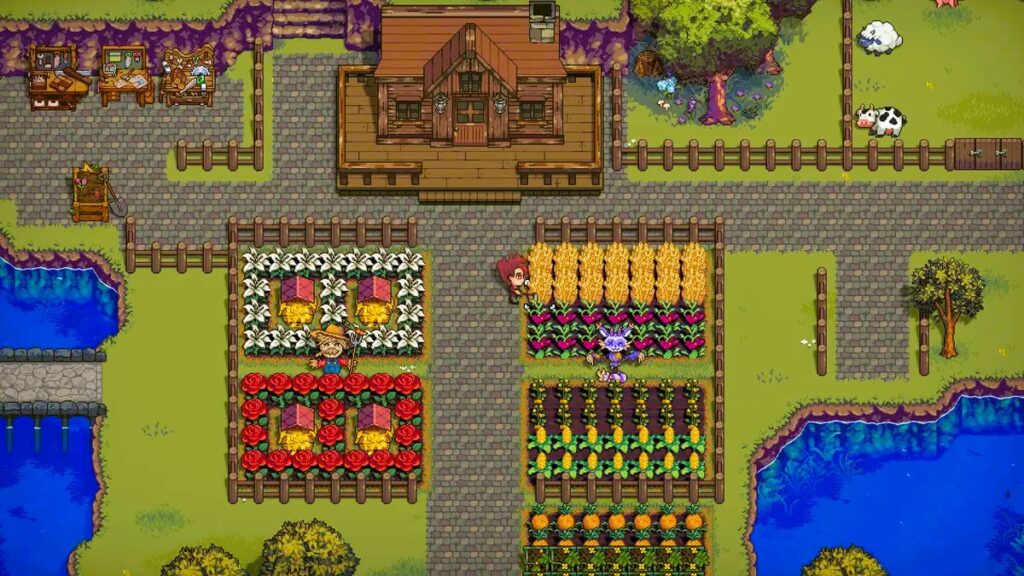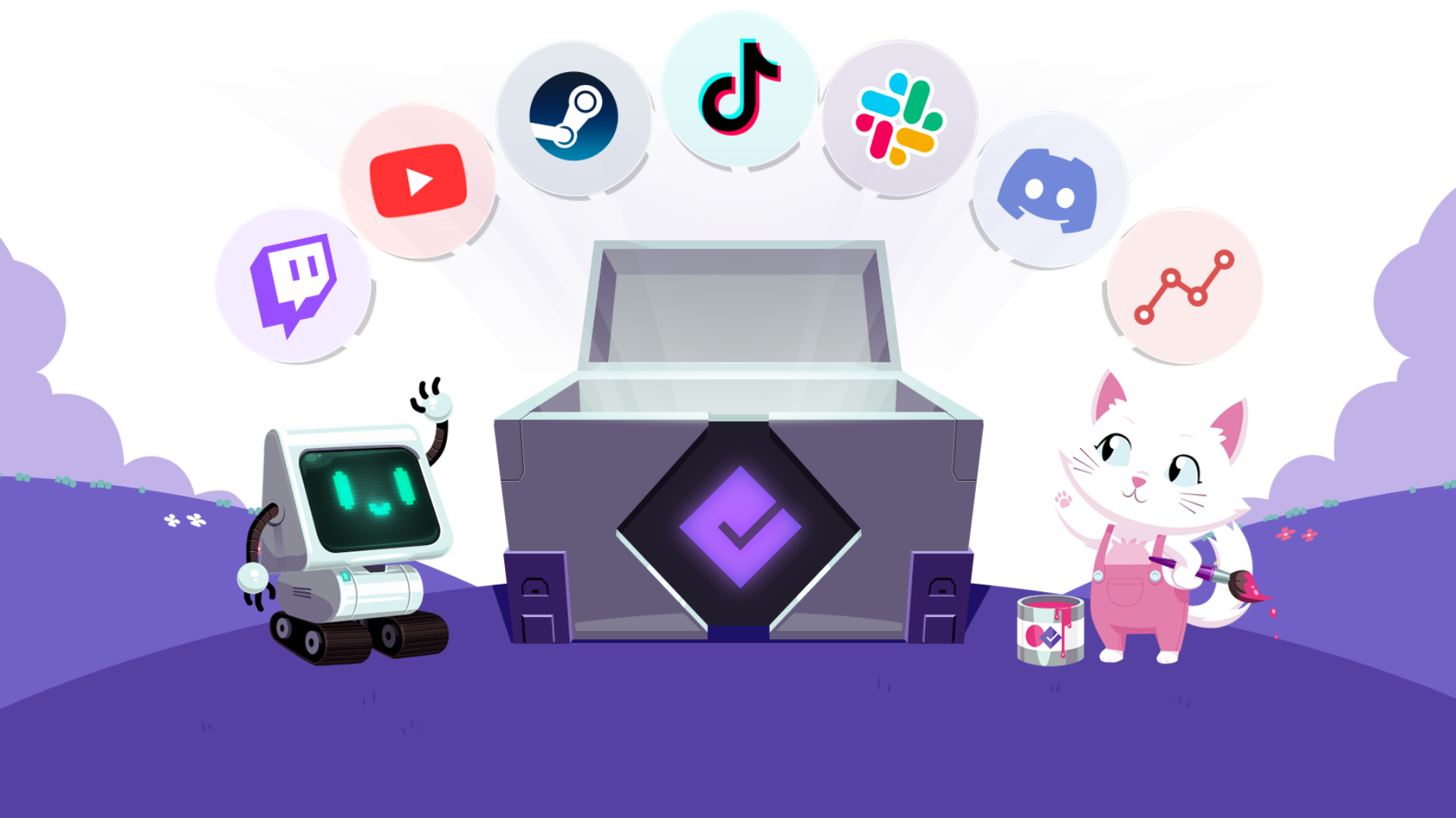In the vast landscape of video games, few titles have managed to capture the hearts of players quite like Stardew Valley. Developed by ConcernedApe, this indie farming simulation game has become a hallmark of success, boasting millions of copies sold and a dedicated fanbase. The game’s unique blend of charming visuals, engaging gameplay, and an immersive world provides valuable lessons for developers looking to create effective marketing campaigns for their own games. In this article, we will explore strategies inspired by Stardew Valley to help you build a successful marketing campaign that resonates with players.
Understanding the Essence of Stardew Valley
Before diving into specific marketing strategies, it’s essential to understand what makes Stardew Valley so appealing. At its core, the game emphasizes community, creativity, and the joy of simple living. Players can cultivate their farms, engage with town residents, and explore a vast world filled with secrets and surprises. The emotional connection players develop with the game can be attributed to several key factors:
- Nostalgia: The game harkens back to classic titles like Harvest Moon, evoking feelings of nostalgia that resonate with a broad audience.
- Accessibility: Stardew Valley is easy to pick up but offers depth that keeps players engaged for hours. This balance makes it appealing to both casual and dedicated gamers.
- Community Engagement: The game encourages interaction among players, fostering a sense of belonging and community.
Learning from Stardew Valley: Key Marketing Strategies

Now that we understand the core elements that contribute to Stardew Valley‘s success, let’s explore how to apply these insights when crafting your marketing campaign.
1. Build a Strong Brand Identity
Establishing a memorable brand identity is crucial for your game’s marketing campaign. Your brand should reflect the values and themes present in your game. Here are steps to create a strong brand identity:
- Craft a Compelling Narrative: Just as Stardew Valley emphasizes community and personal growth, your game’s narrative should be clear and engaging. Develop a backstory that resonates with potential players and highlights the unique aspects of your game.
- Create Visual Consistency: Visual elements play a significant role in brand recognition. Develop a cohesive visual style that reflects your game’s theme and aesthetics. This includes logos, color schemes, and promotional artwork.
2. Leverage Social Media
Stardew Valley gained significant traction through social media, where its developer shared updates, engaged with fans, and showcased the game’s features. Here’s how to leverage social media effectively:
- Regular Updates: Share progress updates, behind-the-scenes content, and sneak peeks of your game’s features. Engaging content keeps your audience excited and eager to learn more about your game.
- Community Engagement: Create a space where fans can discuss your game, share fan art, and provide feedback. Platforms like Discord, Reddit, and Twitter can help foster a vibrant community around your game.
- Utilize Visual Content: Visual storytelling is essential. Share high-quality images, GIFs, and videos that showcase your game’s art style and gameplay mechanics. Engaging visuals can significantly enhance your brand’s appeal on social media.
3. Create a Community-Centric Approach
A community-driven marketing strategy can lead to organic growth and a loyal player base. Consider the following tactics:
- Encourage User-Generated Content: Just as Stardew Valley encourages creativity, motivate your players to create content related to your game. Host contests for fan art, gameplay videos, or even in-game achievements. Feature this content on your official channels to recognize and celebrate your community.
- Engage with Feedback: Listen to player feedback and show that you value their opinions. Actively responding to comments and suggestions fosters trust and builds a loyal community.
- Host Community Events: Organize online events or competitions that encourage player participation. These events can build excitement and strengthen community bonds, similar to how Stardew Valley offers seasonal festivals and events within the game. Like this article? Read also about Maximizing ROI with Pay-Per-Click Advertising for Games.
4. Collaborate with Influencers and Streamers
Influencer marketing can be a powerful tool for promoting your game. Collaborate with influencers and streamers who align with your game’s themes and target audience:
- Gameplay Streams: Reach out to streamers to showcase your game live. Watching influencers play can generate interest and provide authentic exposure to potential players.
- Sponsored Content: Consider sponsoring videos or social media posts that highlight your game’s features or unique selling points. Choose influencers whose followers match your target demographic.
5. Utilize Pre-Launch Marketing Strategies
Building anticipation before your game’s release is vital. Here are effective pre-launch marketing strategies inspired by Stardew Valley:
- Teaser Campaigns: Release teaser trailers and promotional materials to generate excitement. These teasers should highlight your game’s unique features and visuals, much like Stardew Valley did with its charming trailers.
- Beta Testing: Offer early access or beta testing to a select group of players. Gathering feedback during this phase can help you improve your game while also creating buzz within the gaming community.
- Countdown Campaigns: Create countdowns on social media leading up to your game’s launch. Engage your audience with daily updates, fun facts, or mini-challenges related to your game.
6. Maintain Post-Launch Engagement

After your game’s release, continue to engage with your community to sustain interest and foster long-term loyalty:
- Regular Updates and Expansions: Stardew Valley continues to thrive due to its regular updates and expansions. Consider adding new features, content, or seasonal events to keep players invested in your game.
- Host Q&A Sessions: Engage with your community through Q&A sessions where players can ask about future updates or share their experiences. This creates an open dialogue and strengthens your brand’s relationship with players.
- Celebrate Milestones: Acknowledge significant milestones, such as player achievements, community growth, or game sales. Celebrating these moments fosters a sense of camaraderie and community among players.
Building a marketing campaign for your game inspired by Stardew Valley involves creating a strong brand identity, leveraging social media, fostering community engagement, collaborating with influencers, implementing pre-launch strategies, and maintaining post-launch interest. By prioritizing these strategies, developers can create a dedicated player base that is excited about their game and invested in its success.
The lessons learned from Stardew Valley exemplify the power of community, creativity, and effective storytelling in the gaming industry. As you embark on your marketing journey, remember to stay true to your game’s unique identity and values while engaging with your audience in meaningful ways.
For more insights on video game marketing strategies, check out the Wikipedia page on video game marketing.

